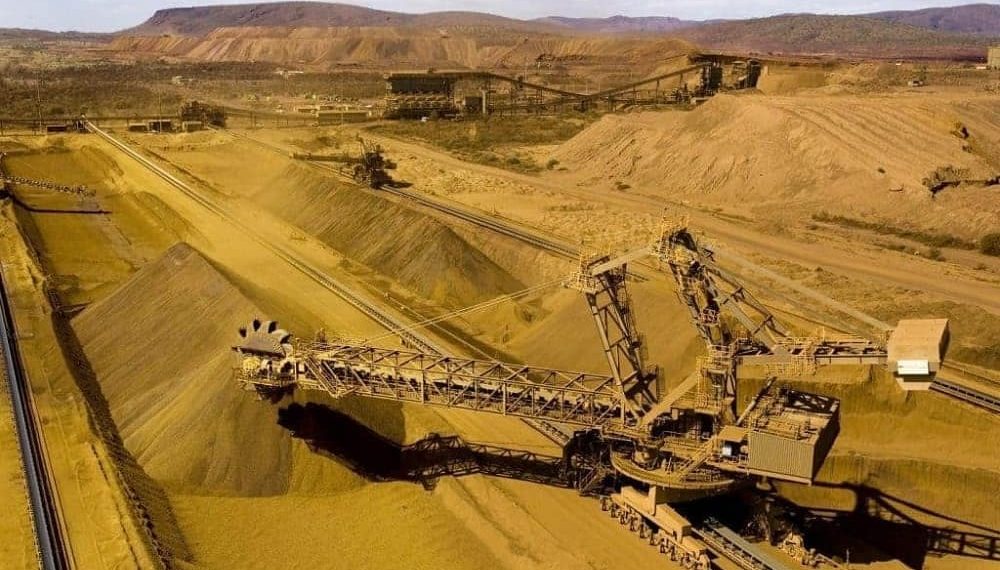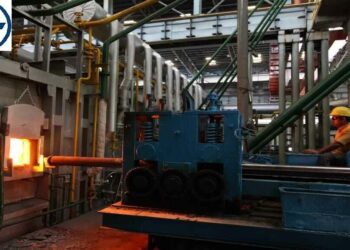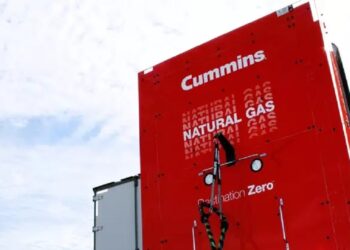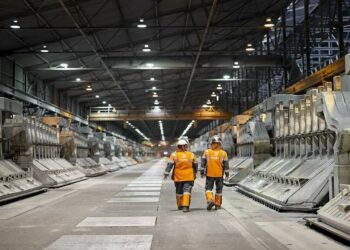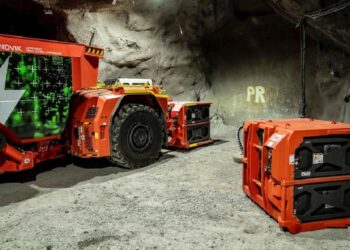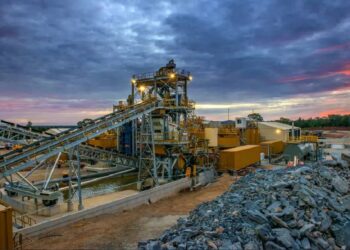thyssenkrupp Mining Technologies Martin Lurie, Global Technology, Innovation and Sustainability Manager, exclusively told the In-Pit Crushing and Conveying (IPCC) 2022 conference, organised by International Mining Events and taking place this week in Cancun, Mexico, that it is partnering with a top-10 global copper miner to build two full-scale Rail Running Conveyor (RRC) systems, the first of their kind in the world. This includes in 2023, a 3 km retrofit to a 5,000 t/h ROM conveyor, bringing significant power savings, and in 2024, an RRC system for a new peak 14,000 t/h ROM conveyor, also around 3 km. As it is an all new innovative technology being applied for the first time, both will be built as hybrids – where if needed they could be retrofitted in a week and a half back to conventional conveying – this covers any risk to the client.
tk argues that RRC represents a new, ultra-efficient, very adaptable system for bulk materials belt conveying with the efficiency of railway haulage but at much lower cost. Crucially, RRC almost eliminates frictional losses, which can contribute about 80% of power and tension on long overland routes. RRC was developed as a collaboration between tk and the University of Newcastle, Australia (TUNRA).
RRC effectively merges two proven and familiar technologies – heavy rail and overland belt conveying. It brings lower CAPEX – as rail running conveyors offers continuous transporation and therefore distributed load – it is also more efficient due to the lower rolling resistance of steel wheels on tracks – so has a lower OPEX. RRC can also be offered in both trough and pipe conveyor configurations. It offers compact vertical or horizontal turnarounds where space is limited. Case studies based on scale models, test rigs and a full scale demonstration system that was built in China have shown that compared to conventional conveyors and depending on the situation, RRC CAPEX can be 20% to 50% lower for the EP portion; with OPEX 25% to 60% lower.
Having a belt hanging statically between carriages gives many advantages – as it is supported on circulating carts, not idlers, nearly all idler-related maintenance issues are eliminated; plus very high speeds are possible, with lower tensions, especially for slope belts. As the belt is positively located on carriages, it can’t drift. RRC can have very high curvability – both horizontal and vertical, with most transfer points eliminated. Finally, automated inspection of all moving parts can be carried out from one fixed location.



